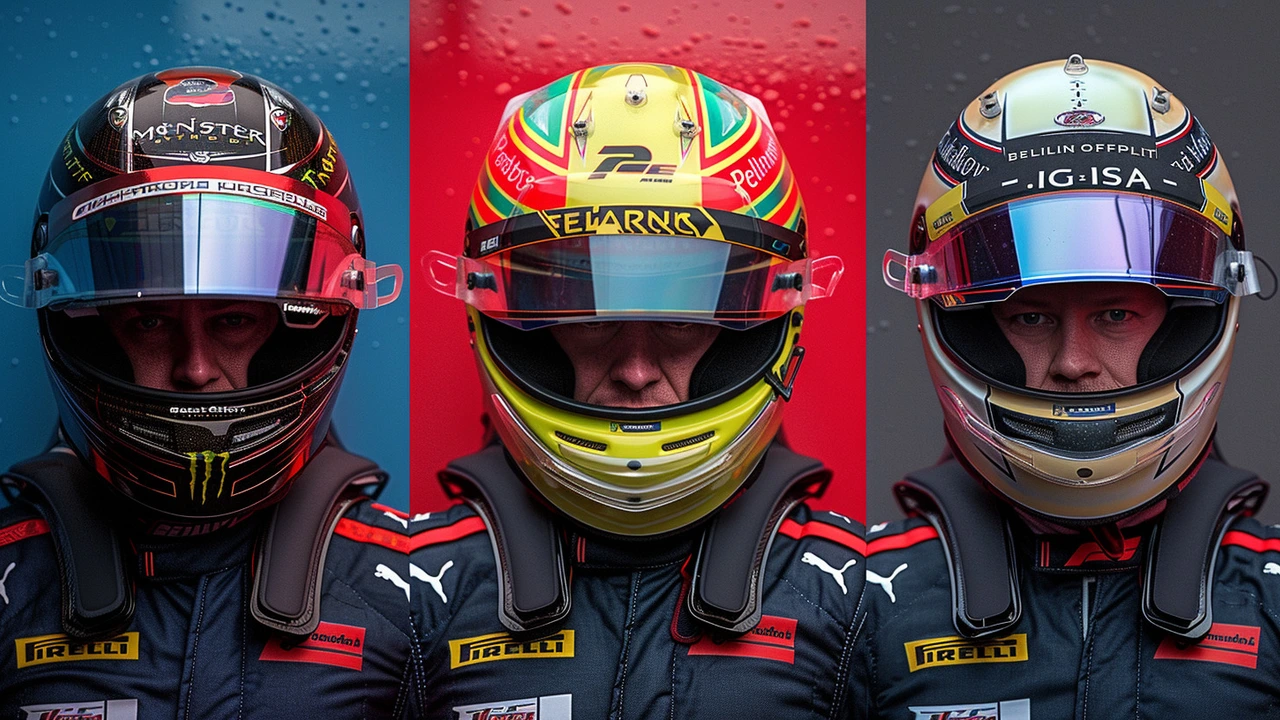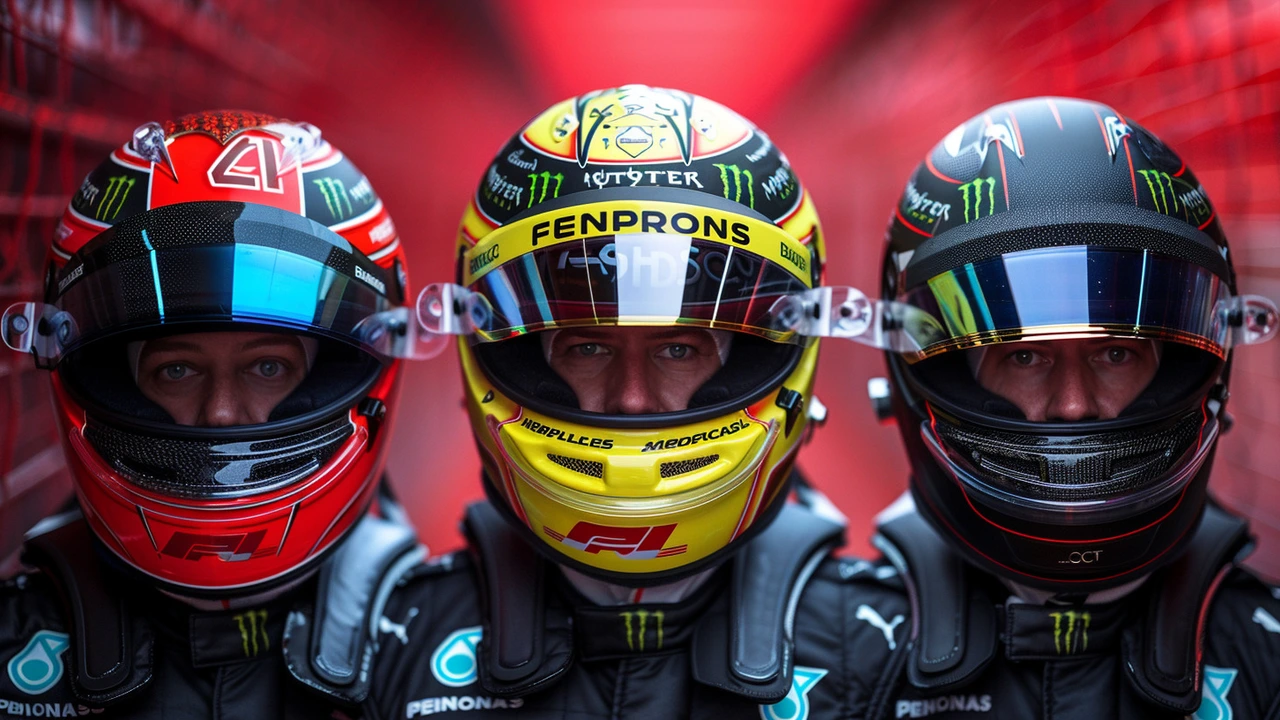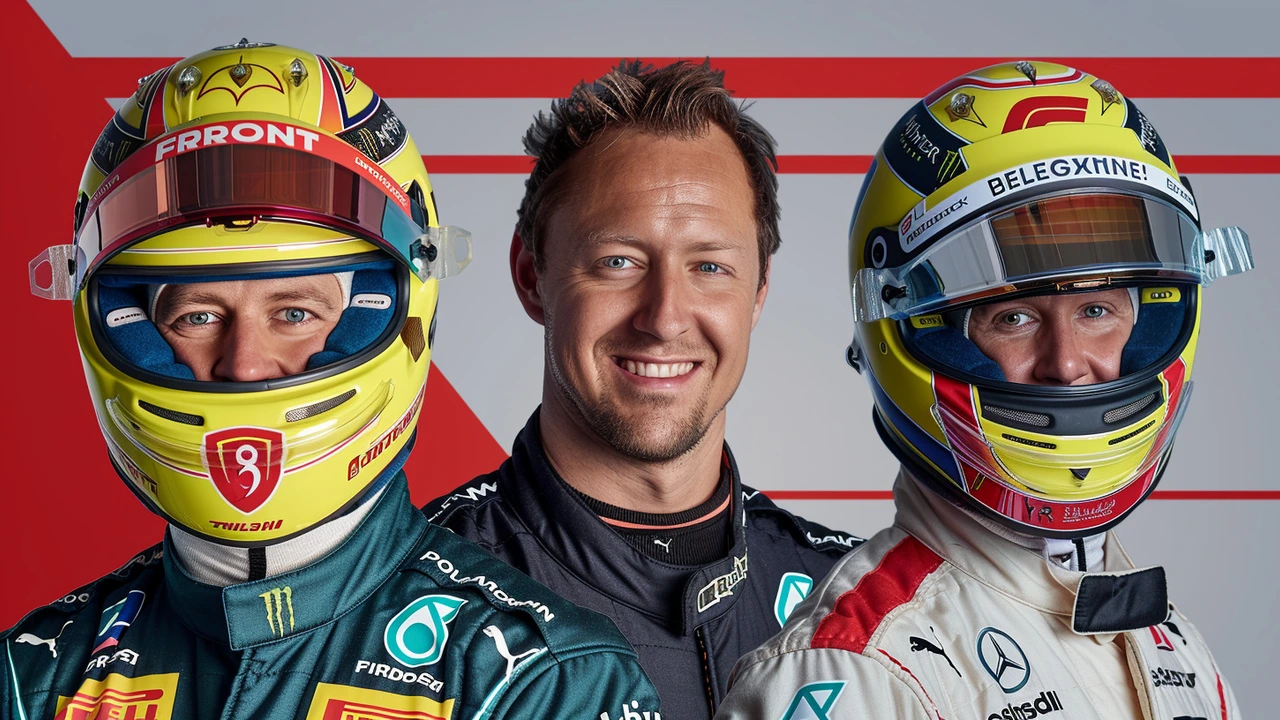The Complex Craft of F1 Helmet Design and Manufacturing
The world of Formula 1 racing is a high-octane spectacle where technology and human skill merge to push the boundaries of speed and performance. However, what often goes unnoticed is the immense focus on safety measures that shield these drivers from harm. One of the essential pieces of safety gear is the racing helmet. In the latest episode of F1 Explains, co-hosts Katie Osborne and Christian Hewgill delve deep into the fascinating world of F1 helmet design with Stephane Cohen, co-CEO of Bell Racing, a leading supplier that equips 13 out of the 20 drivers on the current F1 grid.
The Evolution of Helmet Safety
The journey of F1 helmets from mere protective headgear to highly technical safety devices is worth examining. Initially, F1 drivers wore basic leather caps that offered little more than protection from the cold wind. Fast forward to the present day, the modern F1 helmet is a marvel of engineering, designed to safeguard against high-velocity impacts, extreme temperatures, and even the aerodynamic demands of racing at speeds over 300 km/h. Stephane Cohen provides enlightening insights into how Bell Racing has been at the forefront of this evolution, continually pushing the envelope to develop helmets that offer unparalleled levels of protection while maintaining the lightweight characteristics crucial for performance.

Materials That Make The Difference
An F1 helmet’s construction involves an intricate blend of materials, each chosen for its specific properties. The outer shell is typically made from carbon fiber, known for its excellent strength-to-weight ratio. Underneath this is a series of impact-absorbing layers crafted from advanced composites and foams. These materials are designed to deform on impact, dissipating energy and dramatically reducing the forces transmitted to the driver's head. Moreover, the padding inside the helmet is both comfortable and functional, equipped to offer further protection and maintain the helmet's snug fit which is crucial during high-speed maneuvers.
Rigorous Testing Protocols
The development of an F1 helmet is incomplete without rigorous and extensive testing. Bell Racing goes through a battery of stringent tests to ensure each helmet meets the safety standards set by the Fédération Internationale de l'Automobile (FIA). These tests include impact resistance, puncture resistance, and strap strength. The helmets are subjected to extreme temperatures and rapid deceleration scenarios to mimic the hostile conditions of a racing environment. According to Cohen, it’s not just about passing these tests; it’s about exceeding them to give drivers that extra margin of safety.

An Eye on Performance
While safety is paramount, performance cannot be compromised. Modern F1 helmets are designed with aerodynamics in mind, sporting smooth, streamlined shapes to minimize air resistance. They also incorporate advanced ventilation systems to keep drivers cool during the race, as the temperatures inside the cockpit can reach staggering heights. Furthermore, the helmets are integrated with communications equipment that allows drivers to stay in constant contact with their teams. Each of these features is as critical as the next in ensuring optimal performance and comfort for the driver.
Bespoke Designs for Individual Drivers
Customization is another key facet portrayed in the episode. Each F1 driver's helmet is tailor-made to fit their unique specifications. Bell Racing collaborates closely with each driver, taking detailed measurements and incorporating personal preferences, whether it's in terms of padding, ventilation, or aesthetic design. The result is a piece of equipment that feels like an extension of the driver’s body, offering not just protection but also a personal touch that many drivers find crucial for their mental preparation.
Innovations on the Horizon
As technology continues to evolve, so does the realm of F1 helmet design. Cohen discusses how advancements such as augmented reality (AR) visors and more integrated biometric sensors could revolutionize helmet wear in the near future. These innovations promise to provide real-time data to both the driver and the team, enhancing both safety and performance. With such cutting-edge developments, Bell Racing aims to remain at the pinnacle of helmet technology, ensuring that their products meet the ever-increasing demands of Formula 1 racing.
Conclusion
The latest F1 Explains episode presents a thorough examination of the complex yet vital world of F1 helmet design and production. Through their conversation with Stephane Cohen, Katie Osborne and Christian Hewgill highlight how companies like Bell Racing are pushing the envelope to provide safer, more efficient, and bespoke helmets for the sport’s elite drivers. These helmets, with their combination of advanced materials, rigorous testing, and tailored designs, not only ensure the safety of the drivers but also enhance their performance on the track. As F1 technology continues to advance, the role of these helmets will undoubtedly become even more significant, ensuring that drivers can push the limits of what is possible, while knowing they are protected by the best gear available.

